Venus Flytrap B52 Plant -Rare
Original price was: ₹3,899.00.₹1,799.00Current price is: ₹1,799.00.
6 in stock
Selling size: Single plant | 2.5 inch pot Included | Free Shipping
Most gardeners grow them as houseplants that summer outdoors and winter indoors. Gardeners in cold winter climates should grow Venus flytraps in a moist environment, such as an open terrarium, that can go indoors during winter.
Venus Flytrap Care Tips
Light
Venus flytraps do best in at least six hours of bright sunlight per day. When they are grown inside under artificial lights, keep flytraps 4 to 7 inches away from fluorescent lights. If your plant’s traps don’t show a pink interior (depending on variety) or the leaves look long and spindly, provide more light.
Soil and Water
Venus flytrap thrives in poor, acidic soil that stays damp but still has good drainage. Avoid using regular potting soil, some of which may have added fertilizers. A blend of one-third perlite (or sand) and two-thirds sphagnum peat moss provides the best drainage and moisture retention.
Keep the soil constantly moist. One way to do this is to place the flytrap pot in a saucer or tray of water about an inch deep. Never give your plants what comes out of your tap; it’s usually too alkaline or might have too many minerals. Instead, rely on rainwater or use distilled water.
Temperature and Humidity
Venus flytrap prefers a temperature of 70°F-95°F, although some varieties can survive 40°F in the winter with protection. For the best Venus flytrap care, keep the environment humid. Good air circulation is also important when growing Venus flytrap plants, so turn on a fan in the room where you keep them.
Fertilizer
Never add fertilizer, and don’t add lime to the soil of Venus flytrap plants. These plants get the nutrients they need from their prey.
What to Feed a Venus Flytrap
Although flytraps are carnivorous, they can go for long periods (a month or two) without eating insects. If you grow them outdoors, they’ll get enough to eat naturally. If you’re growing Venus flytraps indoors, you’ll have to feed them small bugs such as flies and beetles periodically. When you’re feeding a flytrap, don’t give it any insects larger than a third of the size of the trap. Otherwise, the trap won’t be able to fully close and begin digesting the food.
It doesn’t matter if the bug is alive or not, but the trap needs to be triggered by movement before it will close. For dead prey, after placing the bug in an open trap, gently touch a small paintbrush to the inside of the trap until you see the trap start to close. Only trigger traps to close when there is food for the plant. Playing with the traps just to make them close wastes the plant’s energy, which can lead to its decline.
Don’t feed a Venus flytrap any meat, including chicken, steak, sausage, or hot dogs. Also, refrain from offering fruit or candy.
Potting and Repotting Venus Flytrap
When you receive a Venus flytrap, pot it in a small, deep pot using a recommended potting medium, such as one-third perlite and two-thirds peat moss. The depth of the pot encourages root growth, as does tray watering, so choose a minimum of a 4-inch-deep pot that has a drainage hole and a tray. Deeper is even better.
As for width of the pot for a Venus flytrap, the more soil around the roots, the better the insulation, so in cold areas, a wider pot is preferable. How wide? A single Venus flytrap usually grows comfortably in a 5-inch wide pot. When the plant becomes crowded—or annually, even if it doesn’t become crowded—repot it using fresh potting medium.
Pests and Problems
Venus flytraps aren’t bothered by many pests but might attract aphids, spider mites, or fungus gnats. If the plant has aphids, submerge it in water (distilled, not tap!) for two days. Wait a week and repeat the process. If the plant has a severe aphid infestation, apply an insecticidal soap or neem oil, which is also effective against spider mites.
In the case of fungus gnats, the larvae cause the problem. Control them by drenching the soil with Bacillus thuringiensis (BT). To prevent attracting them, keep the soil slightly moist but not soggy.
At times, the Venus flytrap leaves and traps turn black or burnt-looking, causing new owners to be alarmed. The plant is likely entering its dormant period, at which point the foliage dies only to emerge refreshed months later. However, an unhealthy Venus flytrap can display black leaves or traps due to other reasons: low humidity, letting the plant dry out too often, and root rot among them. In these cases, correct the problem and trim the black leaves and traps from the plant; they can’t be saved.
How to Propagate Venus Flytrap
You can propagate Venus flytrap by division, leaf cuttings, or seeds. Most people choose division or leaf cuttings to propagate their Venus flytraps. Propagating from seed is possible but complicated.
Only logged in customers who have purchased this product may leave a review.

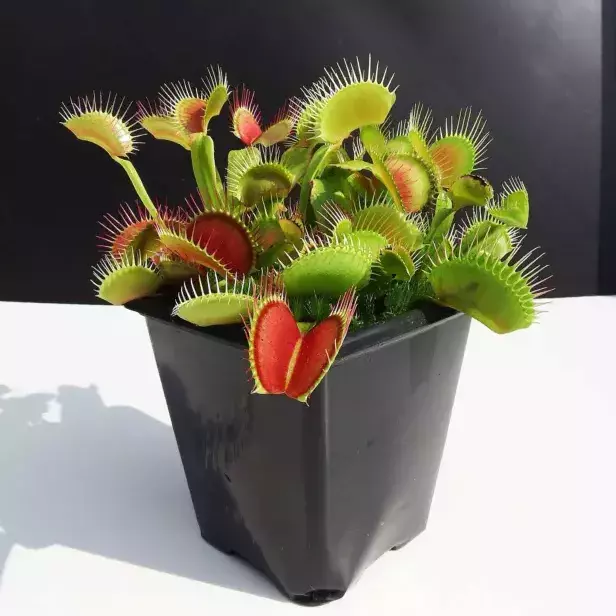
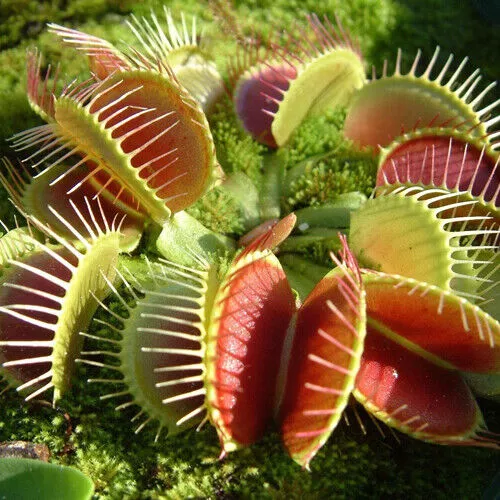
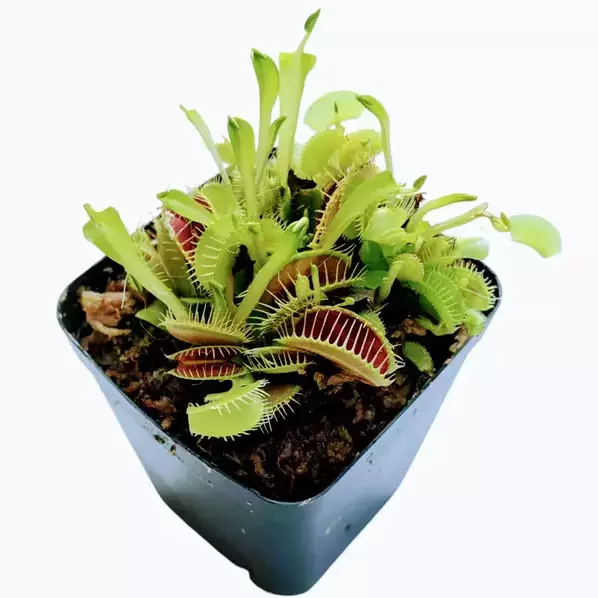
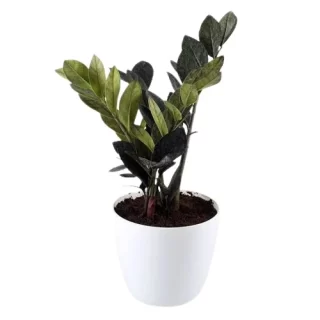
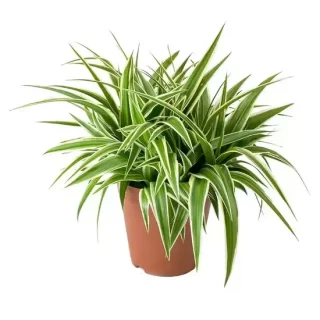
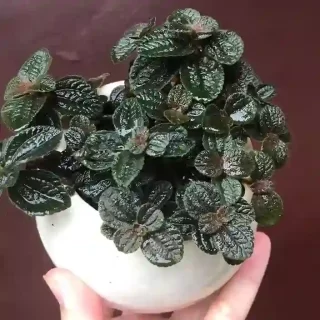
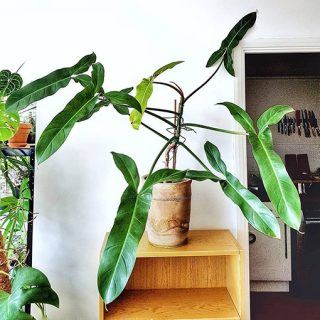
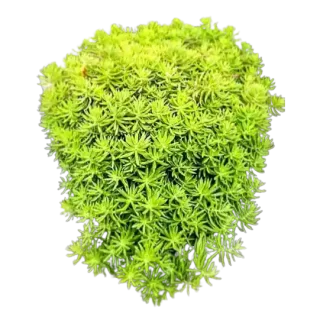
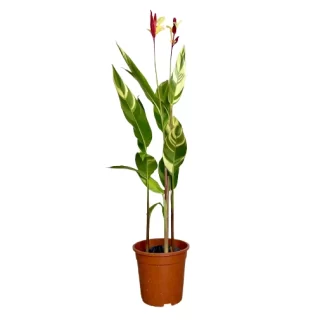
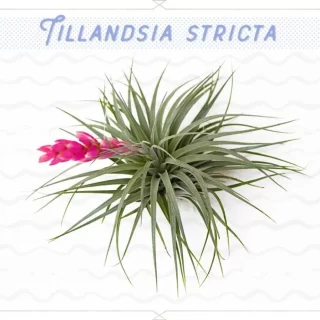
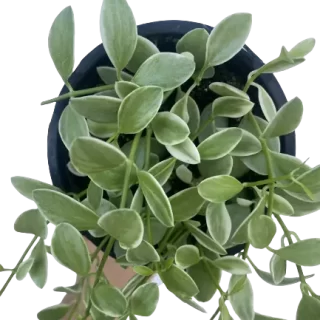
 If you need any assistance, I'm always here. Have you found what you were looking for?
If you need any assistance, I'm always here. Have you found what you were looking for?
Reviews
There are no reviews yet.